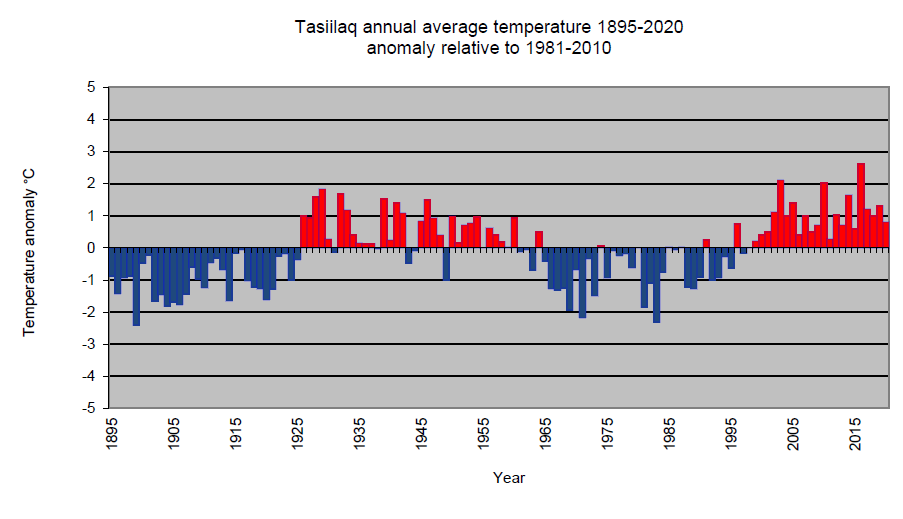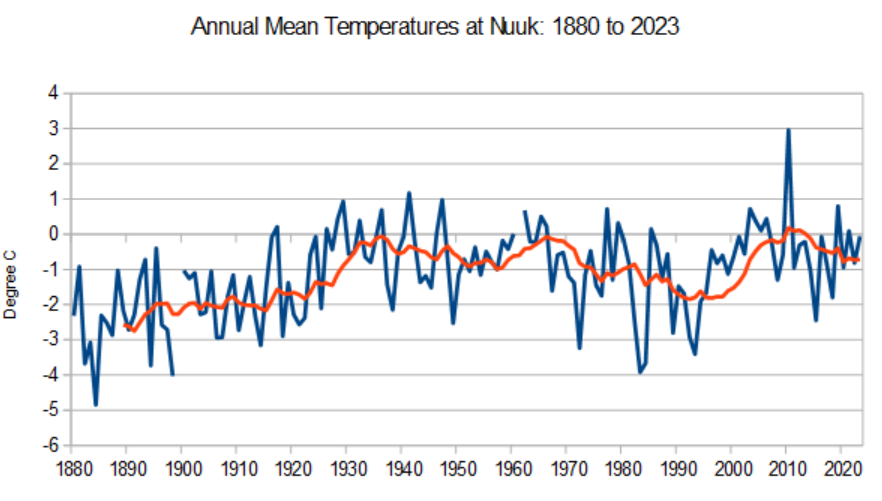AS HAS been well discussed, the Zero Emission Vehicle (ZEV) mandate took effect last month.
Just to recap, this is how the scheme works, as set out by the government:
‘Each year, vehicle manufacturers are set a target as a percentage of their total annual sales that must be zero emission. The regulation will require that for each non-ZEV sold, the manufacturer must have a ZEV allowance, the unit in which compliance will be measured. Manufacturers will receive enough allowances that if they meet their target, they will not need additional allowances. If a manufacturer sells more ZEVs than their target, they will have a surplus of allowances they can sell, bank, or convert their excess allowances. If a manufacturer sells fewer ZEVs than their target, they can buy, borrow, use banked allowances or convert CO2 emissions allowances to meet their obligation or make a final compliance payment.’
Hybrids are not classified as ZEV, only fully electric cars. This year the target is 22 per cent, a figure that will rise each year, reaching 80 per cent in 2030. The new regulations apply only to car sales in the UK, although Northern Ireland is currently excluded because there has been no Assembly in Stormont to pass the legislation.
Last year, ZEVs accounted for 16.5 per cent of all car sales, fractionally down from 16.6 per cent the year before. Based on those numbers, ZEV sales would be 113,985 short of this year’s target. At £15,000 a go, that’s a fine of £1.7billion which will have to be paid by car manufacturers, and no doubt passed on to buyers.
There will undoubtedly be aggressive discounting of electric cars, but even then industry experts forecast that ZEV sales will rise to only 19 per cent, still leaving a massive headache for the motor industry. In any case, how much money can manufacturers afford to give away? Such a move would also wreck the second-hand EV market.
Some companies will of course have a surplus of allowances, and there will be a mad rush to buy these by other manufacturers who are short. They are allowed to ‘borrow’ from next year’s target, but this has been described as being like a payday loan.
There is no doubt that manufacturers holding surplus allowances will make a fortune, being able to sell them at prices close to £15,000 given the strong demand.
If you thought all of this was madness, read on.
Although the mandate specifically applies to UK manufacturers, and the Department for Transport admit they cannot legally enforce it on foreign companies, allowances are awarded to all manufacturers registering an electric car in the UK, wherever they are based.
This means, for example, that Tesla and all the Chinese companies selling EVs here will be given allowances, which they can then sell at a profit. Based on last year’s sales, these surplus allowances could be worth £570million for Tesla and £400million for Chinese-owned MG and Polestar.
With China’s BYD, who are already challenging Tesla in global EV sales, ready to invade the UK market, more and more subsidies will end up being sent to China.
If somebody had suggested a few years ago that the UK would be paying billions in subsidies to China so they could undercut our own car industry, they would have been laughed at.
China coal output hits a record
THE ultimate irony about importing Chinese electric cars is that they have much greater carbon footprint than a UK petrol car.
Producing lithium batteries for cars is a highly energy intensive process, all the way from mining the raw materials through processing them to producing the battery itself. It is generally accepted that you need to drive an EV for 50,000 miles or more simply to break even on emissions.
But cars and batteries made in China entail much greater emissions as the whole economy is so heavily reliant on coal, which accounts for more than half the country’s energy. In the UK, it’s just 3 per cent.
And China’s output of coal continues to increase. Last year it mined 4.66billion tonnes, up 2.9 per cent from the year before.
While our politicians preen themselves on how they are reducing emissions, all they are doing is shipping them off to China.
Greenland was just as warm a century ago
UNTIL three years ago, the Danish Meteorological Institute (DMI) annually published all the temperature data for weather stations in Greenland, such as Nuuk and Tasiilaq on the west and east coasts respectively – note the DMI graphs below are temperature anomalies, not actual ones:


https://notalotofpeopleknowthat.wordpress.com/2021/06/12/greenland-temperatures-2021/
The data clearly showed that, broadly speaking, temperatures were just as high between the 1920s and 50s as they have been in the last two decades. The only exception was 2010, which was an unusually mild year.
During the 1960s, average temperatures plummeted and remained extremely low until they returned to earlier levels about two decades ago. These temperature records obviously destroyed the narrative of how Greenland is melting down because of global warming.
Therefore it is perhaps no coincidence that DMI stopped publishing these annual updates in 2021.
Fortunately the actual temperature data is still available from Nasa in the US. As the up-to-date graphs below show, nothing has changed in the last three years, with temperatures still failing to exceed those decades prior to 1960. Moreover the long-term trends suggest Greenland is getting colder.
All of this will be ignored by the media, who will continue to publish scare stories about how Greenland is melting down.
If the data does not support the theory, bury the data!


https://notalotofpeopleknowthat.wordpress.com/2024/01/28/greenland-temperature-update-2023/

